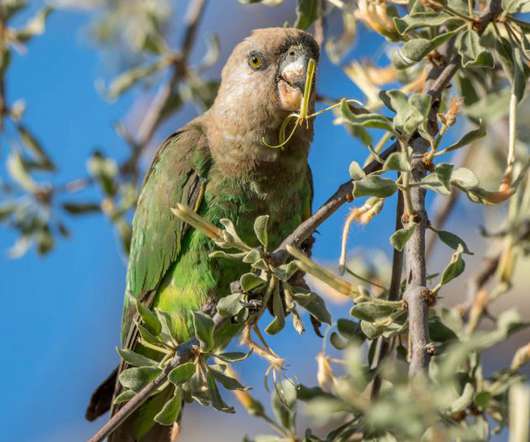Birding the Kruger Park (2): Bateleur area
10,000 Birds
JULY 21, 2022
The one bird I did not see here, however, was the Bateleur Eagle … One highlight in the area is the Saddle-billed Stork , likely to be the tallest species in the stork family. Another member of the stork family, the African Openbill , looks like it is could benefit from a good orthodontist. And sadly, it is listed as Endangered.











Let's personalize your content